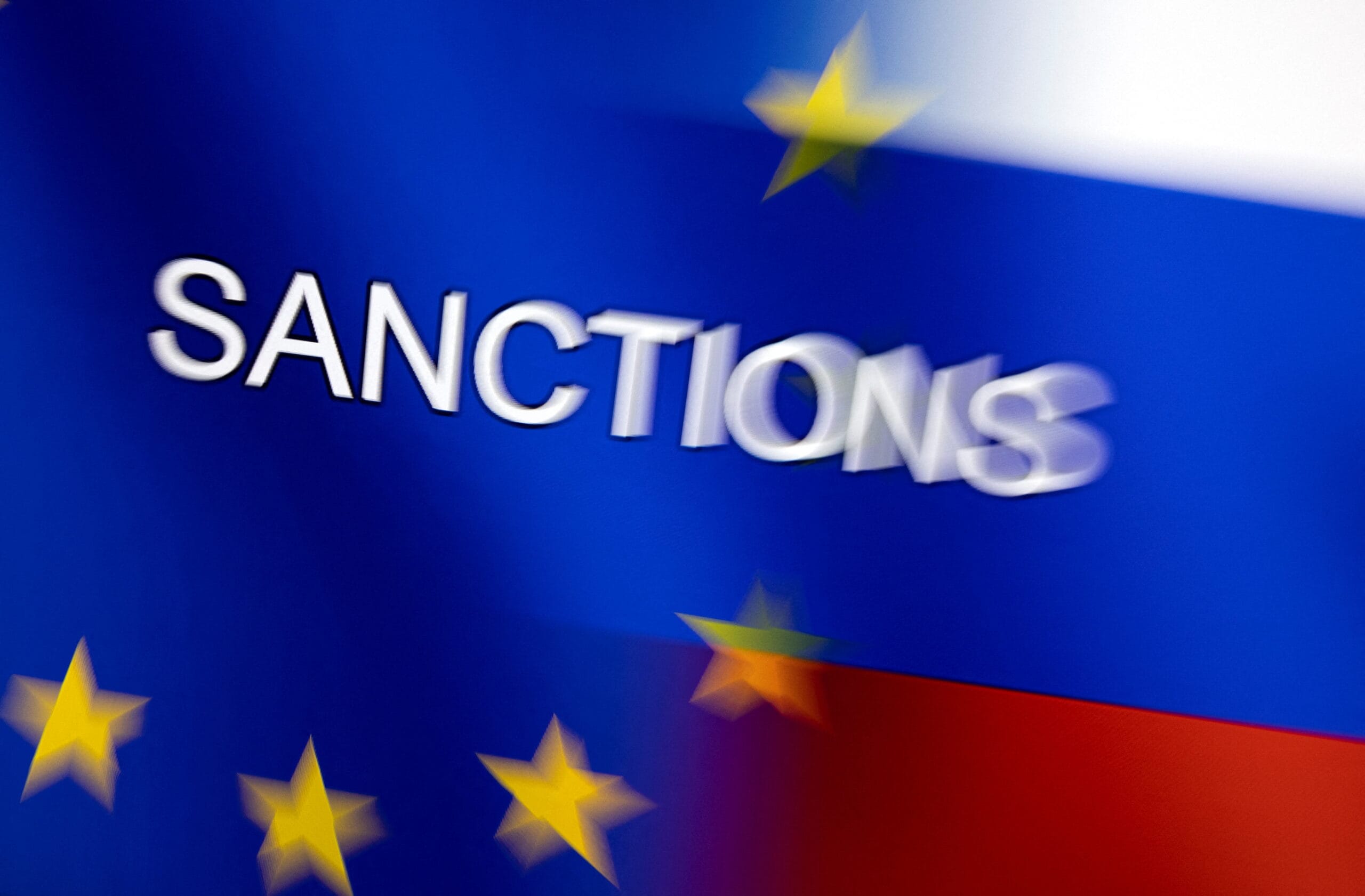EU Imposes 17th Sanctions Package on Russia, Targets 189 Shadow Fleet Vessels

The European Union adopted its 17th sanctions package against Russia on Wednesday, escalating pressure on the Kremlin by blacklisting 189 vessels linked to Moscow’s so-called shadow fleet and tightening controls on military-use technology. Announced by European Commission President Ursula von der Leyen, the new measures aim to curb Russia’s energy revenues and undermine its ability to sustain the war in Ukraine, now entering its third year.
The targeted ships—typically aging, uninsured tankers operating outside international regulations—have become central to Russia’s sanctions evasion strategy since the G7 imposed a $60-per-barrel oil price cap in December 2022. These vessels, often over 20 years old, enable Russia to ship oil to markets like China and India without relying on Western insurers or flag registries. A 2023 Kyiv School of Economics study found that over 400 such tankers accounted for roughly half of Russia’s seaborne oil exports following the EU’s 2022 embargo.
While the United States sanctioned 183 shadow fleet vessels in January 2025, this is the first time the EU has directly blacklisted individual tankers on a large scale. The move reflects a coordinated Western effort to shut down key loopholes in the sanctions regime, particularly the widespread use of ship-to-ship transfers and opaque ownership structures.
Beyond maritime restrictions, the sanctions package includes expanded limits on exports of advanced technologies with potential military applications—building on earlier EU bans on dual-use goods. Proposed on May 6, the package initially included over 100 vessels and more than 50 individuals and entities, including several in China.
Hungary gives the green light
Environmental risks tied to the shadow fleet have also drawn increased attention. Many of these tankers operate without adequate safety oversight. A December 2024 incident involving two Russian-flagged vessels—Volgoneft 212 and Volgoneft 239—led to a spill of nearly 9,000 metric tons of oil during a storm in the Black Sea. According to Global Witness, more than 20 oil spills linked to the shadow fleet have occurred in the past two years alone.
Despite internal divisions—Hungary again threatened to block the package—the EU managed to secure unanimous support, in part due to coordination with the United States and diplomatic efforts led by France to synchronize timing. This unity was framed as a message to both Moscow and skeptical observers abroad: the West remains aligned in its long-term economic pressure campaign.
Still, challenges remain. Russia has proven agile in rerouting exports and expanding its rogue fleet, and enforcement gaps persist. EU officials say that broader international coordination will be necessary to close those gaps. For now, the 17th sanctions package represents a significant escalation—bringing the shadow fleet into direct focus for the first time.
Previously, the UK announced sanctions on Russia’s shadow fleet. while the U.S. is mulling them over.
I welcome the agreement on our 17th sanctions package against Russia.
— Ursula von der Leyen (@vonderleyen) May 14, 2025
We are further restricting access to battlefield technology.
And we have listed an additional 189 shadow fleet vessels to target Russia's energy exports.
This war has to end. We will keep the pressure high…